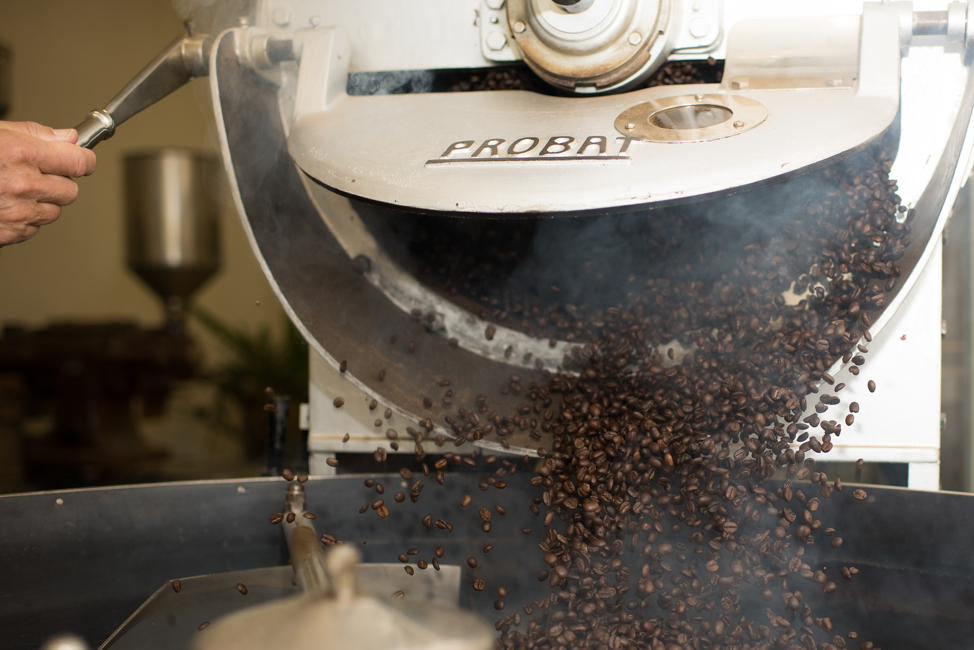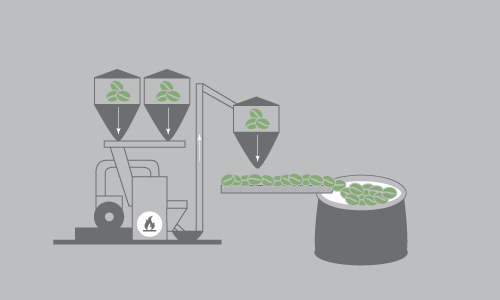Coffee manufacturers are often subject to public scrutiny as consumers look for organic products and agricultural techniques that do not negatively impact local habitats. However, roasting facilities are also subject to scrutiny within their industry. Manufacturers must adhere to strict emission regulations set by the Environmental Protection Agency (EPA). These emission limits are in response to the harmful particulate matter (PM) and volatile organic compounds (VOC) that get released during the roasting process.
Understanding what pollutants are released and how to reduce harmful emissions can help manufacturers satisfy EPA regulations and focus on farming and production.
Types of Coffee Roasting Emissions
Cleaning equipment, dryers, roasters, and coolers typically produce PM emissions. These particles are collected in cyclones and released into the atmosphere. Concentrated amounts of dirt and debris from diesel fuel can contribute to atmospheric smog.
VOC emissions, such as alcohols, aldehydes, organic acids, nitrogen, and sulfur compounds are produced through the roasting process. These toxic gases can cause health issues and environmental damage if released into the air.
In most cases, coffee roasters use natural gas burners, which release carbon monoxide (CO) and carbon dioxide (CO2). These compounds are considered harmful in high quantities and must be filtered or destroyed. Instant coffee and decaffeination processes also generate harmful VOCs, PM, and organic acids.
Depending on the size of the facility, these pollutants may need to be significantly reduced to meet national and local emission standards.

Source: Pixabay
Emission Control Challenges and Solutions
Large coffee roasting facilities are often required to install emission control systems to monitor and reduce the level of VOCs being released into the atmosphere. However, each state adheres to slightly different permit and emission regulations, making it important for manufacturers to know the specific rules applicable to them.
Nitrogen Oxide (NOx)
Depending on the location, manufacturers are required to meet various NOx limits. Even within the same state, local governments set specific standards for facilities operating in neighboring cities. For example, San Francisco and Los Angeles have different NOx standards and require manufacturers to either buy offsetting credits or low NOx burners.
Permit Exemptions
Local governments may exempt smaller coffee roasting facilities from obtaining a permit if they have lower production capacities. Permit requirements vary based on which city and state the plant is located. For example, manufacturing plants based in San Diego must apply for a permit if their production capacity is over 11 pounds. However, manufacturing plants based in Los Angeles are exempt from purchasing a permit if the production capacity is under ten pounds. In general, facilities must provide information on airflow equipment, cyclones, afterburners, temperatures, and emission projections when submitting an application.
Emission Control Units
In some cases, coffee manufacturers use their own burners as thermal oxidizers in an attempt to destroy harmful emissions. However, this solution is not always ideal. Oxidizers operate between 650°C and 816°C, and most roasters are unable to reach these high temperatures. Installing a separate emission control unit can help facilities increase efficiency, meet EPA standards, and prevent roasting equipment from being overused.
Manufacturers must understand the unique regulations for their area and set up a sustainable system based on those limits.




